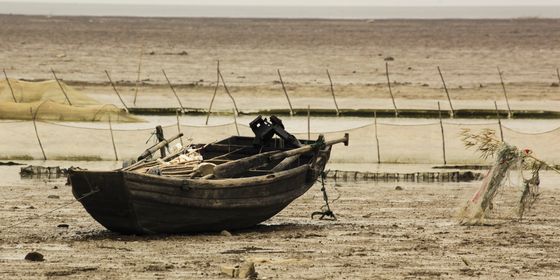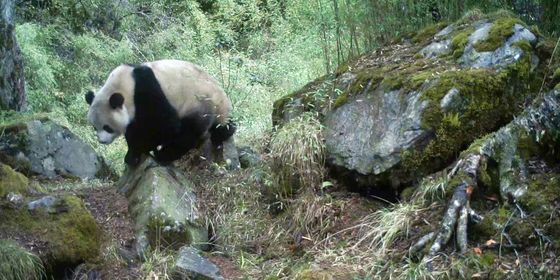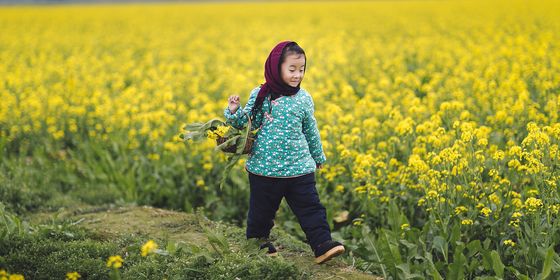An extract from TWOC’s guide to Hainan explores the island’s astounding natural beauty, from lush rainforests to soaring mountains
Once you’ve slurped enough coconuts on the sand and soaked up the sun, remember that Hainan is home to China’s largest tropical rainforest. Retreat from the touristic throng to Hainan’s less-traversed inland of verdant valleys and misted peaks, where you can join the serene company of thousand-year-old banyans and chirping songbirds.
The island is a veritable ecological haven. Over half of the island’s land mass is forested and home to 4,600 kinds of plants—some fossilized ferns harken to the age of the dinosaurs. Many of Hainan’s 570 animal species are exclusive to the island, including the Hainan gibbon, Hainan black bear, and Hainan giant flying squirrel.
In contrast to some areas on China’s rapidly industrializing mainland, Hainan’s forests are actually growing. In the 1990s, the province issued a complete ban on rainforest logging and instituted island-wide reforestation efforts. According to the Hainan Forestry Bureau, the tropical rainforest has grown by 200,000 hectares in the last 20 years. This is thanks in large part to anti-poverty campaigns that reduce the need for slash-and-burn subsistence agriculture. Locals have been recruited as forest rangers for enhanced monitoring and protection from illegal logging, and farmers have been redirected to plant cash crops like passion fruit and okra.
Smogged-up tourists from across China flock to Hainan for its reputation as a “natural oxygen bar,” where the vegetation density creates a concentration of negative ions popularly known as “fresh air.” Hainan’s air pollution is practically non-existent, with a negligibly low amount of harmful PM 2.5 particles.
So where to go to best enjoy the island’s “green lungs?” That depends largely on the time of the year, the extent of your patience for winding dirt roads, and how much you’re prepared to sweat. While whitewater rafting and waterfall climbing are preferred activities during the wetter months, the rainy season can render muddy paths slippery and invite the sock-climbing leeches out to play, so forest trekking is best enjoyed in the dry season from November to April.













